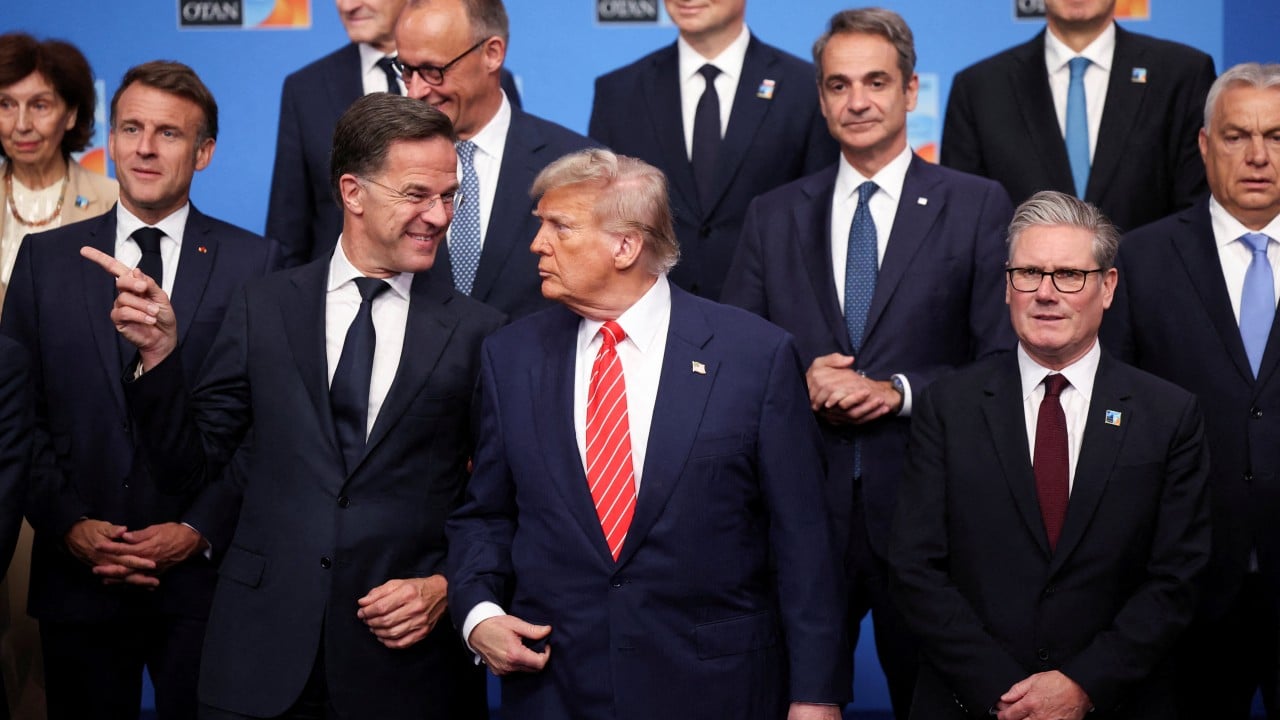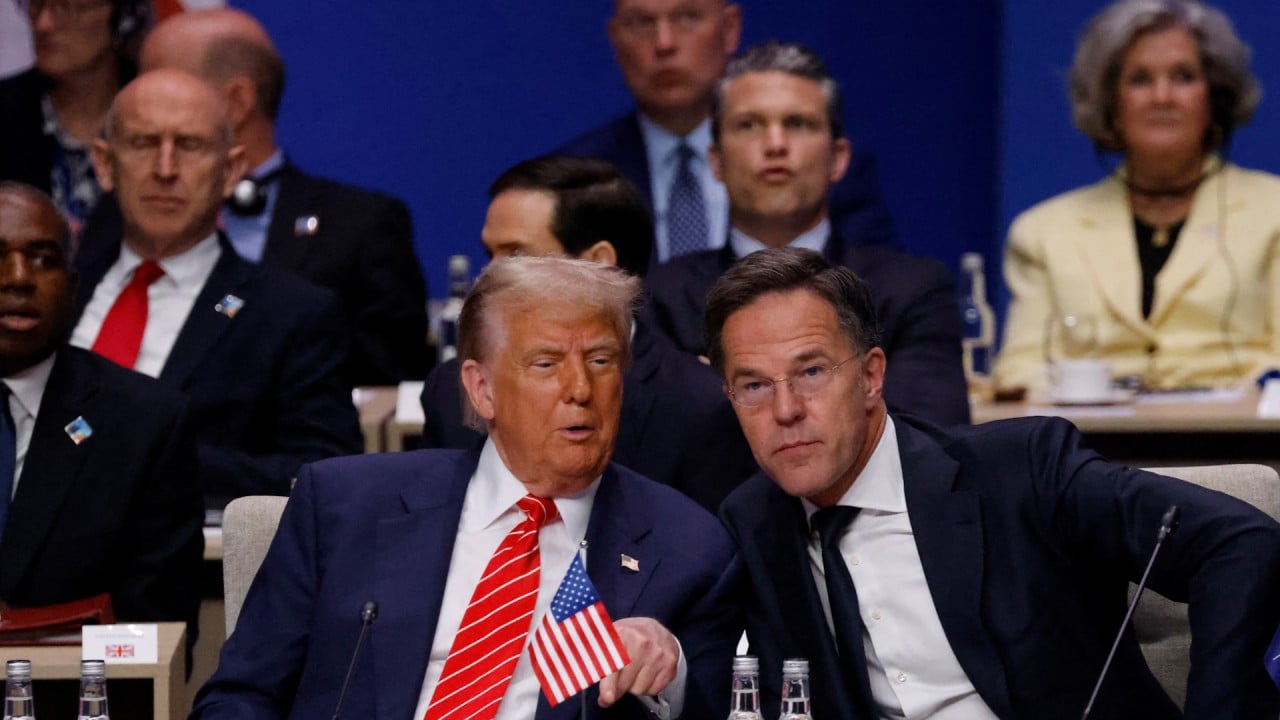The commitment by Nato’s 32 members to lift their defence spending to 5 per cent of their gross domestic product by 2035 has generated something between shock and awe and a feeling of being plunged into an Alice-in-Wonderland world.
Advertisement
Above all, the agreement, which would lift Nato defence spending from an estimated US$1.5 trillion to around US$4.2 trillion over the next 10 years, was an attempt to prevent US President Donald Trump from pulling the United States out of the transatlantic security alliance.
This placatory gesture seems to have succeeded: Trump left the Nato summit reportedly purring, swearing unwavering commitment to Nato. But it must leave most practical observers incredulous as to how such a massive resource transfer might be achieved – and the implications if it did. For sure, defence spending needs to rise sharply across Europe – but 5 per cent?
For perspective, note that in 2023, just nine countries worldwide spent 5 per cent of their GDP or more on defence: Algeria, Armenia, Lebanon, Oman, Saudi Arabia, South Sudan and, of course, Israel, Russia and Ukraine. For any normal democratically accountable government, the key should be how money is spent, not how much. China, which the US labels as its “pacing threat”, is estimated to spend just 1.7 per cent of its GDP on defence.
The imperative for Europe to reduce its reliance on US defence has been firmly driven home, and is probably long overdue. But anyone who believes Europe’s governments will find an extra US$2.7 trillion for defence over the coming decade is living in dreamland.
Advertisement
It has taken a decade of hectoring, foot-dragging and Russia’s invasion of Ukraine to get most Nato members to meet the 2 per cent defence commitment. Last year, 23 met the target, according to the Atlantic Council’s tracker. Of the four members other than the US who surpassed 3 per cent in spending, three have long land borders with Russia: Poland at 4.12 per cent, Estonia at 3.43 per cent and Latvia at 3.15 per cent. Fingers are crossed that with a little creative accounting, the remainder will this year cross the 2 per cent line.


